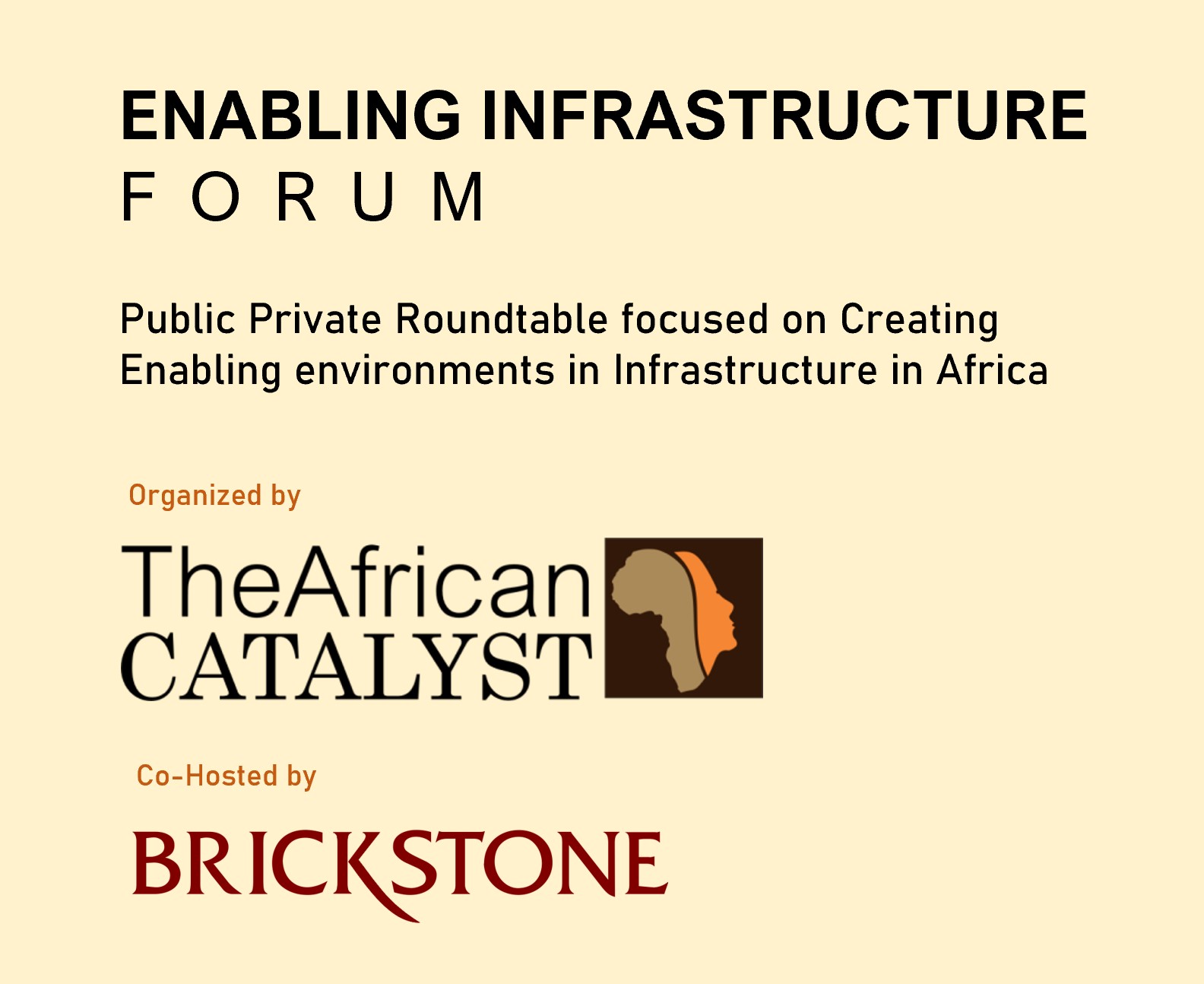The global need for low carbon infrastructure has overtime heightened as climate change continues to pose an exponential threat to millions across the world, affecting quality of lives, national economies, water and food systems, as well as public health.
This article by The African Catalyst reviews publications and reports on low carbon infrastructure, highlighting key facts and takeaways.
Need for Low Carbon Infrastructure
Infrastructure plays a huge role in driving national growth, employment, and better quality of life in emerging markets and developing economies. However, it comes at a huge cost as it may cause adverse planetary and environmental changes if left unchecked.
According to the UN, approximately 79% of global greenhouse gas emissions come from infrastructure construction and operations such as power plants, buildings, and transport. And without a unified planning and action to tackle emissions from infrastructure, over 720 million people could be pushed back into extreme poverty by 2050 as a result of climate impacts. Additionally, the number of deaths attributable to the harmful effects of emissions from key infrastructure industries will rise from the current 150,000 per year to 250,000 by 2030.
To curb this situation while maintaining infrastructure as a priority sector for climate action, and national growth in general, climate experts have argued that governments need to radically rethink how infrastructure is planned, delivered and managed in order to make it suitable for a low-emission and resilient future. Hence, instead of building less infrastructures, part of the solution lies in low-carbon infrastructure.
The African Catalyst in partnership with Brickstone is co-hosting the Enabling Infrastructure Forum scheduled to hold in June 2023 in Lagos, Nigeria. The forum will discuss closely with the Government for policy evolution and on-the-ground implementation which attempts to influence key stakeholders in the areas of – Early Stage Development and Financing of Low Carbon Infrastructure.
The forum will assemble key leaders in Africa's infrastructure delivery to discuss infrastructure challenges and opportunities; and how innovations in project delivery and readiness, deal structuring, and sustainability solutions can help to solve critical issues for Low Carbon Infrastructure
Click the link to get more information and save the date.
Meeting the Paris Agreement targets means aligning short-term infrastructure investment plans with long-term, low emission, climate-resilient development strategies.
The following are 5 key facts about low carbon infrastructure:
- Low-carbon infrastructure is defined as infrastructure that is designed to use less energy and emit fewer greenhouse gasses, while promoting climate resilient development. The shift to low-carbon infrastructure faces obstacles, such as investment shortfalls, despite many public and private initiatives that are now working together to develop solutions. An example of this is private investors increasingly seeking projects with reduced emissions footprints.
- Some examples of low-carbon infrastructure are: railway infrastructure, which can reduce the number of carbon-emitting trucks; urban transport projects, such as Metros and Light Rail projects which reduce car usage- one of the more notable sources of carbon emissions; renewable energy projects (solar, wind, and hydropower), which have much lower carbon emissions compared to fossil fuels.
- According to OECD, low carbon infrastructure also known as climate resilient infrastructure can yield a range of benefits relative to business-as-usual, depending on the measures that have been implemented. This includes significantly lower operating expenses, a longer expected lifespan than fossil fuel assets, and potential to achieve lower costs of capital.
- Despite growing investor interest, the amount of money flowing to green infrastructure is far short of the level needed. Meeting the Paris Agreement targets means aligning short-term infrastructure investment plans with long-term, low emission, climate-resilient development strategies. This will require a step-change in policy focus, new financing solutions, and faster technological progress. Also, barriers ranging from structural issues and market failures, to misaligned incentives, must be removed to drive investment.
- The energy sector is the backbone of the global economy. Investment in energy and related infrastructure will be important to support economic growth, whether or not nations transition to low-carbon economies. From a climate change perspective, the sector acquires even more importance, because reducing greenhouse gas emissions from the energy sector is crucial to reducing the risk of dangerous climate change. Energy supply and consumption represent approximately two-thirds of global greenhouse gas emissions.
Read more on low carbon infrastructure here.



